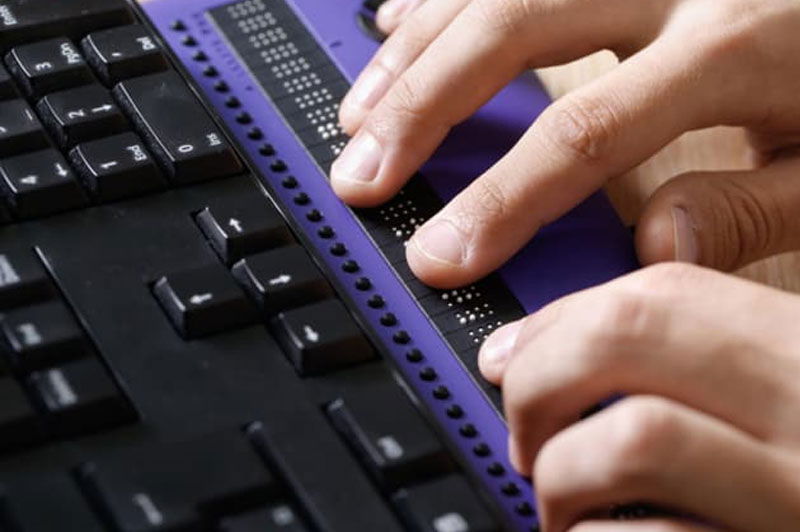Assistive Technologies

Most people with severe disabilities use assistive technology in conjunction with core operating system functions to access information in digital systems. Assistive technology commonly refers to products, devices or equipment, whether acquired commercially, modified or customized, that are used to maintain, increase or improve the functional capabilities of individuals with disabilities.
Assistive technologies that are commonly used by people with disabilities to interact with digital systems include:
• Screen readers, primarily used by people who are blind, which translate the text of electronic documents into speech.
• Braille keypads, primarily used by people who are blind, which render the text of web pages in a refreshable Braille display.
• Screen magnification software, primarily used by people with low visual acuity (low vision), enlarges selected components of the computer screen.
• Voice-recognition software, primarily used by people with mobility disabilities, translates speech into text and allows for control of a web browser utilizing only voice commands.
• Head pointers, primarily used by people with mobility disabilities, take the place of the mouse and allow individuals without fine motor control to move a mouse pointer around the screen.
